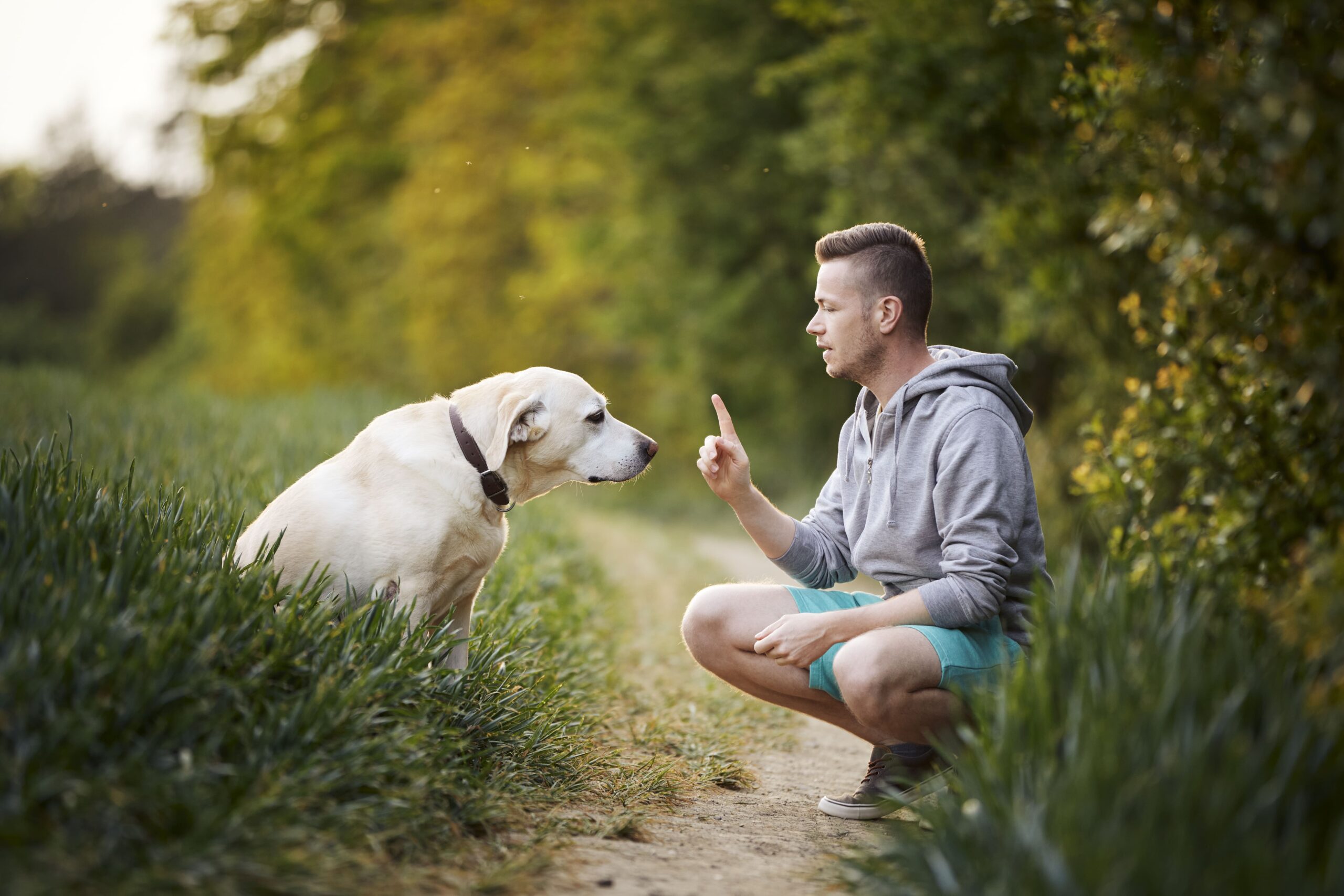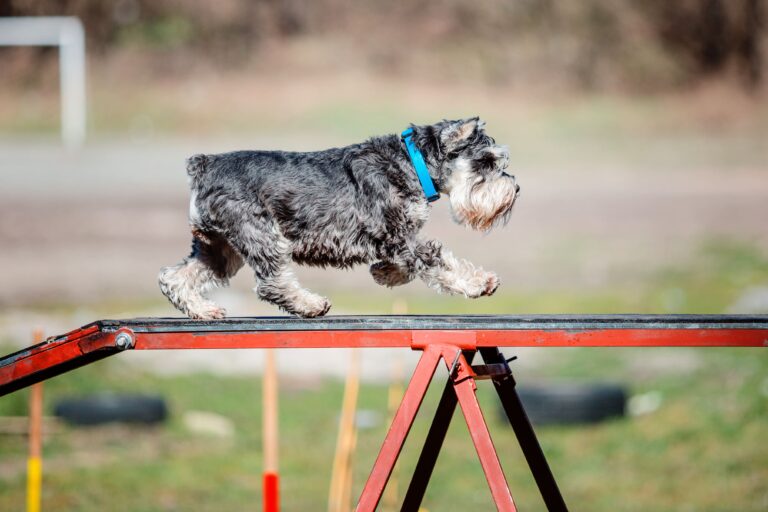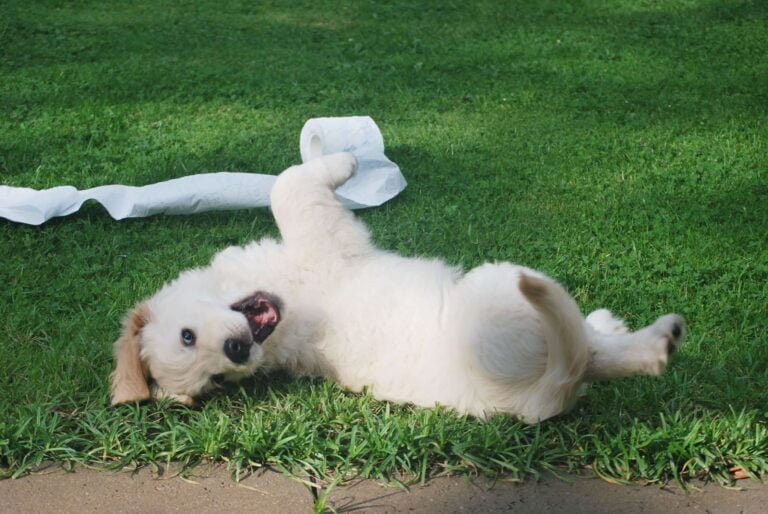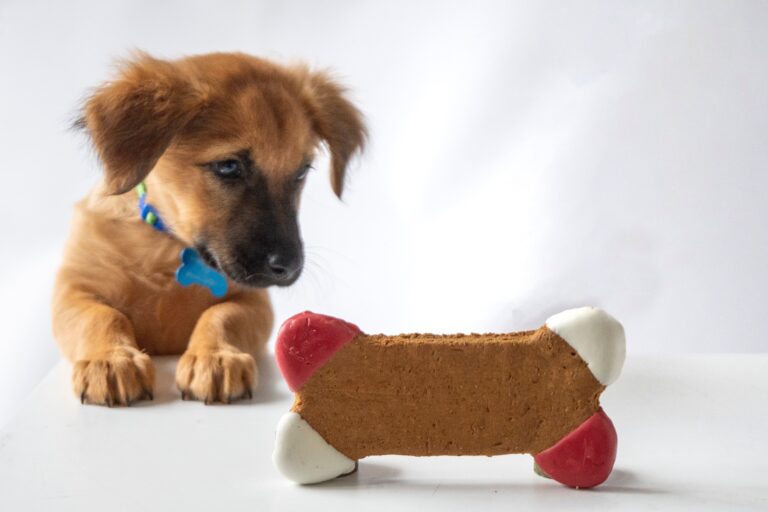Using Clicker for Dog Training – A Comprehensive Guide
Clicker training has gained immense popularity in recent years due to its effectiveness and positive reinforcement approach.
In this guide, we will delve into the principles of clicker training, step-by-step instructions on how to use a clicker for dog training, and the numerous benefits it offers for both you and your furry companion.
What Is Clicker Training?
Clicker training is a positive reinforcement technique that relies on associating a distinct sound, produced by a handheld device known as a clicker, with a reward or treat. The concept is simple: when your dog performs a desired behavior, you immediately click the clicker to mark the behavior, followed by offering a treat as a reward. This clear communication helps your dog understand which behavior earns them a reward, reinforcing positive behavior and discouraging undesirable actions.
Why Choose Clicker Training?
Clicker training has several advantages over traditional training methods:
- Precision Communication: The clicker’s sharp and consistent sound precisely marks the exact moment your dog performs the desired behavior, providing clear feedback.
- Positive Reinforcement: Clicker training relies on rewards and positive reinforcement, creating a positive learning experience for your dog.
- Faster Learning: With the instant feedback of the clicker, dogs tend to learn new behaviors faster and retain them better.
- No Punishment: Unlike punishment-based training, clicker training avoids fear or anxiety, promoting a strong bond between you and your pet.
Is a clicker good for dog training?
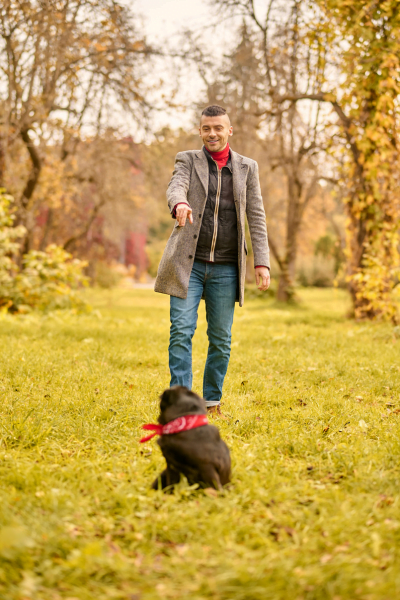
Absolutely! Clicker training is an excellent method for dog training. It relies on positive reinforcement, using a distinct sound from the clicker to mark desired behaviors, followed by rewarding your dog with treats.
This clear communication helps your furry friend understand what actions earn rewards, making the learning process faster and more enjoyable. Clicker training avoids punishment, creating a positive and trust-building experience between you and your dog.
It’s a powerful tool to teach new behaviors and strengthen existing ones, resulting in a well-trained and happy canine companion. Give it a try and witness the amazing results
Can dog stop barking with a clicker?
Yes, a clicker can be an effective tool to help stop excessive barking in dogs. Clicker training can be used to teach your dog alternative behaviors to replace barking, such as “quiet” or “speak” commands.
When your dog starts barking excessively, you can use the clicker to mark and reward moments of silence. With consistent training, your dog will associate quiet behavior with positive reinforcement, leading to a reduction in barking.
Remember, patience and consistency are key to successfully using the clicker to address barking behavior.
Step-by-Step Guide to Clicker Training for dog
Step 1: Introducing the Clicker
To start clicker training, you’ll need a clicker and some bite-sized treats. Begin in a quiet, distraction-free environment.
Charge the Clicker: Hold the clicker in one hand and offer a treat with the other. Click the clicker and immediately give your dog a treat. Repeat this process for about 15-20 times, so your dog associates the clicker with rewards.
Step 2: Timing is Key
Clicker training relies on precise timing. You must click the moment your dog displays the desired behavior.
Capture a Behavior: Observe your dog’s natural behaviors and click when they exhibit the behavior you want to reinforce. For example, if you want to train your dog to sit, click the moment their bottom touches the ground.
Be Consistent: Consistency is vital for effective training. Click every time your dog performs the desired behavior until it becomes ingrained.
Step 3: Adding Verbal Cues
Once your dog understands the connection between the click and reward, you can add verbal cues to the training.
Pair with a Cue: As your dog performs the behavior, say a chosen verbal cue, such as “sit” or “stay,” and then click and reward.
Repetition is Key: Practice this consistently, and your dog will begin associating the verbal cue with the action.
Step 4: Shaping New Behaviors
Clicker training also allows you to shape entirely new behaviors.
Baby Steps: Break the desired behavior into smaller achievable steps. Click and reward your dog for each step towards the final behavior.
Gradual Progression: Gradually increase your expectations as your dog becomes more proficient.
Common Challenges and Solutions
Overenthusiastic Clicking
Some dogs may become excited by the clicking sound. To avoid this, consider softening the click or using a clicker with adjustable volume settings.
Inconsistent Rewards
Ensure you reward your dog every time you click during the training phase. Inconsistent rewards may confuse your dog and impede progress.
Training in Noisy Environments
When training in noisy surroundings, use hand signals or visual cues in conjunction with the clicker to maintain clear communication.
What are the disadvantages of using a clicker in dog training?
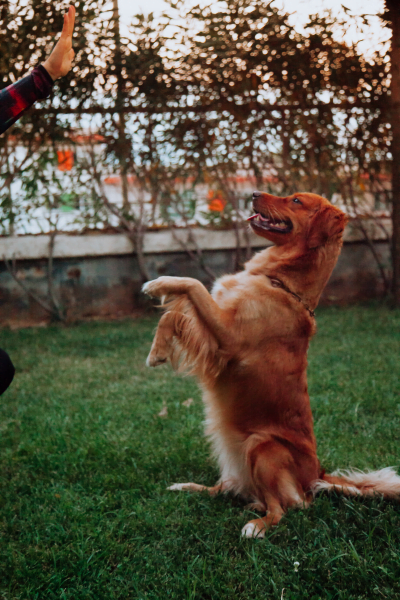
While clicker training is a highly effective and popular method for dog training, it does have some disadvantages to consider.
One challenge is the need to have the clicker with you at all times during training sessions. Additionally, some dogs may become too excited by the clicker sound, leading to overenthusiastic behavior.
Another concern is the possibility of inconsistent rewards, which can confuse your dog and hinder progress. Lastly, training in noisy environments may pose difficulties in maintaining clear communication.
Despite these drawbacks, with proper guidance and practice, clicker training remains a powerful and humane way to train your furry companion.
Conclusion
Clicker training is a powerful and humane method for training your dog. Its focus on positive reinforcement fosters a strong bond between you and your canine companion. By following our comprehensive guide, you can effectively use clicker training to teach your dog new behaviors and strengthen existing ones.
So, grab your clicker, some tasty treats, and embark on an enjoyable training journey with your furry friend!
FAQs
Subscribe to our weekly newsletter below and never miss the latest article.
